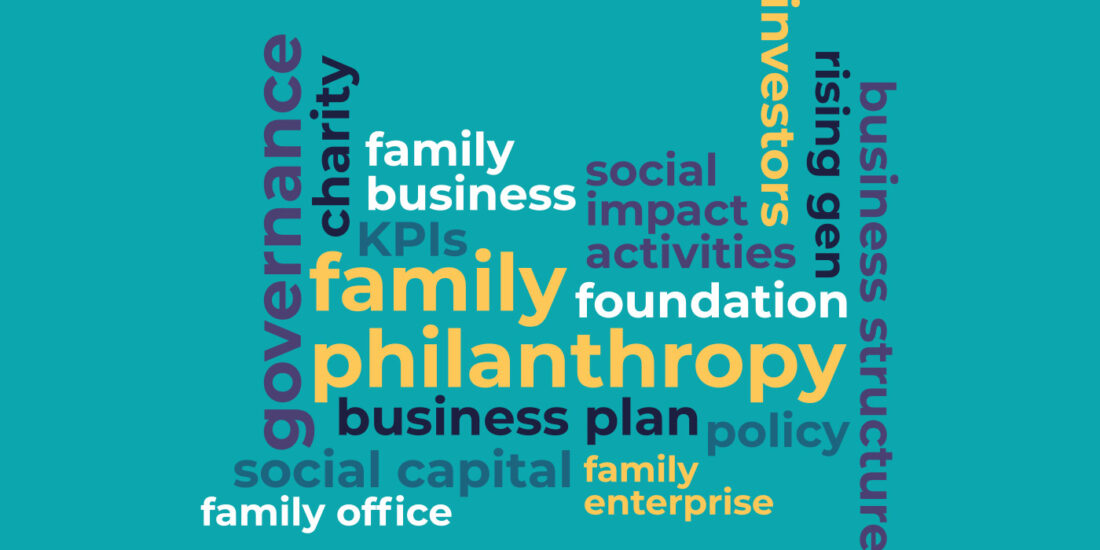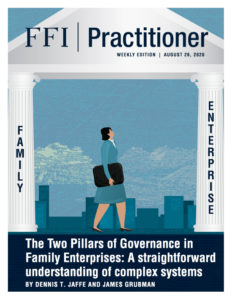
View this edition in our enhanced digital edition format with supporting visual insight and information.
This week’s edition kicks off a series of articles by presenters at the virtual 2020 FFI Global Conference, October 26-28. Thanks to Dennis Jaffe and Jim Grubman for sharing this article that addresses how complex family enterprise systems can benefit from two pillars of governance – an enterprise pillar and a family pillar.
Despite forty years of accumulated study of the family business field, many family enterprises are still baffled by the intricacies of “governance.”Already struggling perhaps with a board of directors and a shareholders council, families are told by advisors or family members they need to add another council or assembly for the family. Family leaders are understandably confused and skeptical. Why become burdened with even more complexity?
The Need for Two Pillars of Governance
In the initial stages of a family enterprise, decision-making is simple: there is one business and few family members. With growing success, complexity inevitably creeps in. The family expands into multiple entities—a foundation, a family office, more businesses—which must be coordinated. New generations of owners press for more services or new directions for the business or the wealth.
To respond, a business family must expand its decision-making beyond a simple board populated mostly with family members. It must govern its escalating business and financial affairs and its increasingly complicated family. There are non-financial family activities to be organized, with the occasional family conflict to be mediated so neither the business nor the family are undermined. Family members who may not (yet?) be shareholders are nonetheless important and need to be heard. As recent research with Hundred Year Family Enterprises has shown1, the capabilities nested within the family side of governance most often determine the longevity of the family enterprise. Without effective governance to organize their experience and connection as an extended family, many prosperous family enterprises standing on only one shaky leg will eventually fall.
Often around the first generational transition, a financially successful family begins to add governance to manage its non-financial family activities. Unfortunately, early attempts to build out governance run into confusion, with resistance from entrenched decision-makers or arguments about who has the right or authority to decide what. What is needed is a straightforward model to cut through the confusion, defining the necessary elements and how they interact.
The Two Pillar Model
A business family needs governance with both an enterprise pillar and a family pillar. A straightforward description of these two pillars is easier for families to grasp than the typical complexity of models derived from corporate governance. It also emphasizes the process of collaboration that is central to the success of family enterprises, showing how each responsible entity has a voice and/or a vote in various decisions.
Business First: The Enterprise Pillar
Most successful family businesses create the enterprise pillar first as they build an increasingly complex enterprise. Distilled to its most basic form, the enterprise pillar has the following elements (Figure 1):
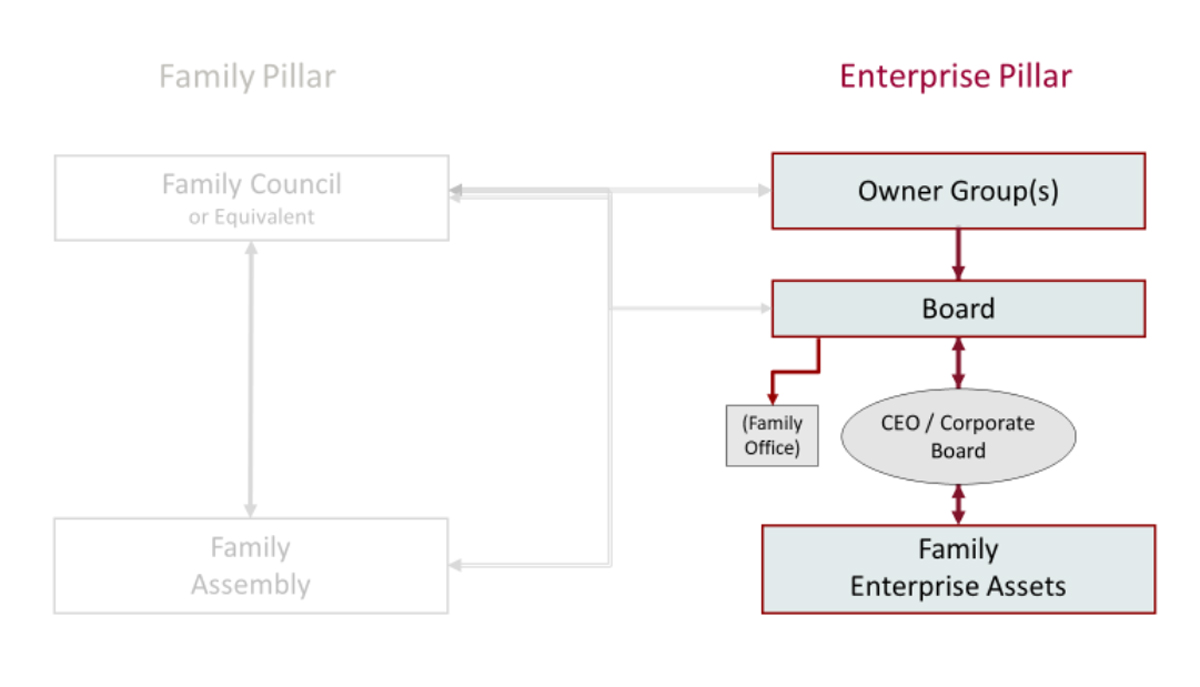
Figure 1. The enterprise pillar in the two-pillar model of governance.
At the top sit one or more owners’ groups comprising the shareholders who own the family’s assets. There may be a shareholders’ council or board which meets at some frequency to discuss and decide on shareholder issues. Presented very simply in this diagram, ownership legal entities can be mind-bogglingly complex: partnerships, trusts, holdings entities, crossholdings, individuals, and other structures. This is the realm of shareholders’ agreements, buy-sell agreements, and a host of other legal covenants, restrictions, rights, and responsibilities. Although other parts of the family enterprise may have input in various decisions, ultimately it is the owners who always retain certain legal benefits and responsibilities regarding the family’s assets.
As the family expands into multiple assets (e.g., operating businesses, real estate, investments, shared properties) owned by multiple branches or households, there is a pressing need for alignment and integration. Between the owners and their assets sit layers of enterprise governance and a myriad of financial, legal, advisory, and administrative functions and entities.
Most typically there may be one or more boards of directors with either fiduciary or advisory status, overseeing the various corporate management structures which administer the family’s individual assets. Owners present their goals and expectations to the board which is then charged with representing these to the corporate management running the business(es). Corporate management reports to the board which reports to the owners. There may be multiple boards of directors overseeing separate businesses or investments, or there may be one omnibus board charged with oversight and administration of all the family’s enterprises.
For very wealthy families or enterprises, a family office may be nested within the enterprise pillar under the main holdings board. The family office typically has input on or even management of certain assets, depending on the legal structures employed by the family. The family office may also oversee certain assets owned only by individual branches or shared by the family, such as summer houses or legacy real estate. The family office may seek input from or have dual oversight by the family council in the family pillar.
Emergence of the Family Pillar
At a certain level of financial success, a business family must turn its attention to constructing the family pillar of governance. The impetus to establish family governance may arise within the family, perhaps from proliferating branches seeking a forum in which to communicate and align their interests. Sometimes, farsighted nonfamily advisors will perceive the need to prepare for oncoming challenges or opportunities. In either case, family members will require some method of gathering, getting to know each other, celebrating their legacy, redefining their core values and culture, educating and engaging new generations, and fostering innovation and entrepreneurship. These activities are the province of the family pillar in a governance system (Figure 2).
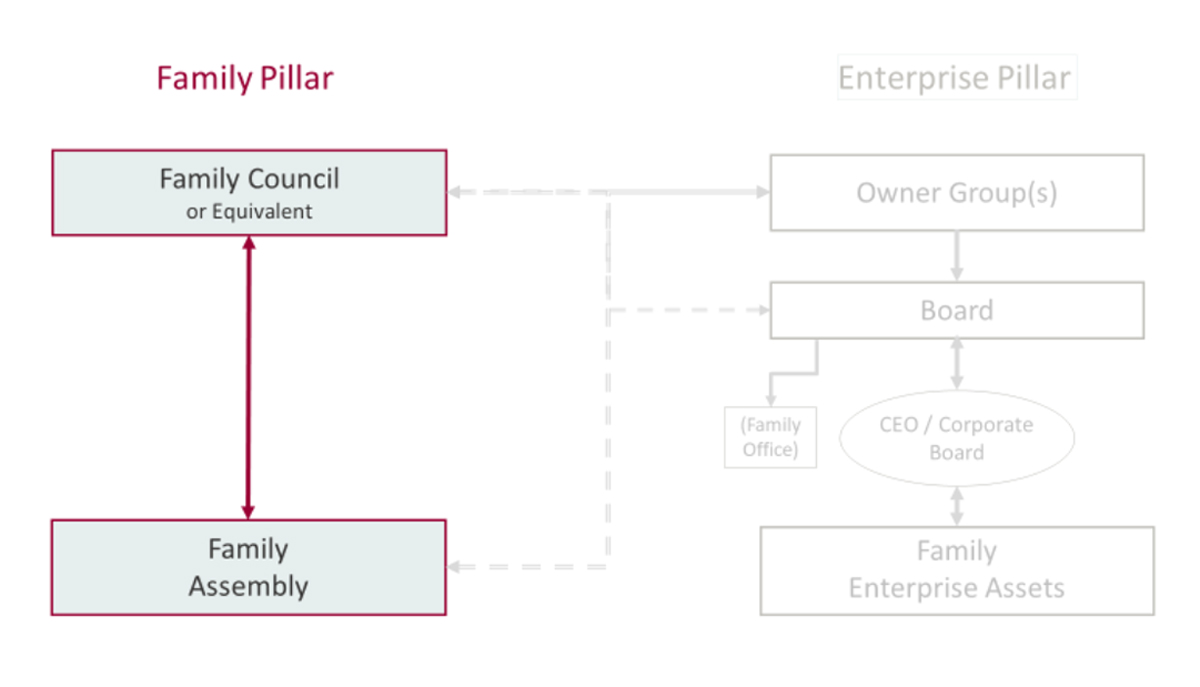
Figure 2. The family pillar in the two-pillar model of governance.
The family pillar may be likened to a form of representative government, managing the social and community relationships and affairs of the extended family. Unlike the weighted power of shareholdings, family members are equal citizens, independent of how many shares they own.
The family pillar develops typically in one of two ways:
- A family assembly may come first, starting small and growing over time. It may be comprised of bloodline family members as well as spouses/partners who may never be entitled to become shareholders but with vested interests in how the family is run. A family assembly may meet annually or biennially, with some agenda items attended by everyone present (eligible, perhaps, at age 14) and other items restricted to current and future shareholders or those working in the family business. Education, cohesion, conflict management, and legacy issues predominate.
- A family council may be formed first. If a family is large enough, information-sharing and decision-making on any timely basis with everyone in the family becomes unwieldy. Moreover, many members of a broader family may lack expertise in discussing and deciding on important matters. The family may instead create an “executive team” drawn from the full family, typically called a family council or family board. As the prominent family business consultant Barbara Hauser has pointed out, the family council serves with the consent of the governed and must do so in a fair, just, and evenhanded manner, or risk being ousted.2 A family council learns how to discuss sensitive family matters in a private setting, negotiating with each other to achieve consensus and developing an understanding of the family’s current and future needs.
A well-functioning family council and/or family assembly becomes as valuable to a successful family as a well-functioning owners’ group, board, and management team. The family pillar must eventually stand alongside the enterprise pillar with strength, skill, and authority.
Collaboration: How the System Succeeds
Each pillar represents a unique system with different goals, constituents, and concerns. But they are highly interdependent. To work effectively, the two pillars must coordinate, collaborate, and negotiate (Figure 3). These connections are not reporting relationships, as within each of the pillars. These are channels of discussion, information-sharing, and integration of the authority vested in each governance entity.
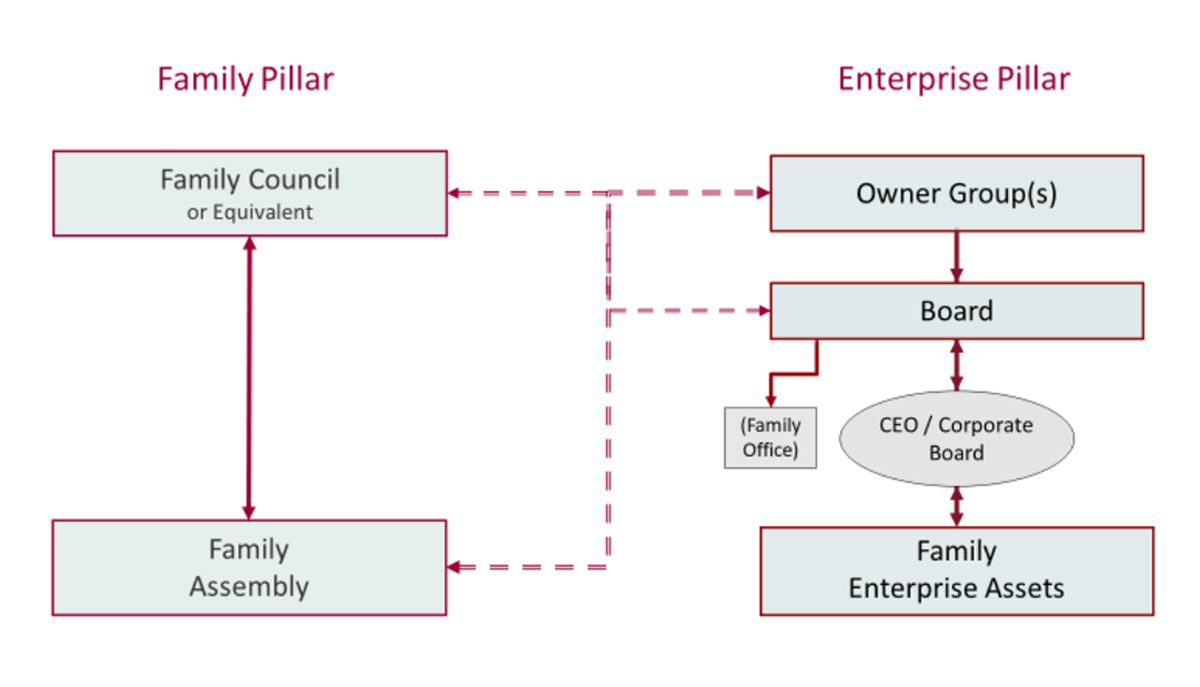
Figure 3. Collaboration and integration of the two-pillar model of family enterprise governance.
The family council may, for example, weigh in on enterprise questions such as the sale of a major operating company, but the ultimate authority for that decision remains with the shareholders. The board of directors or the holdings board may present information and answer questions about the status of the family’s assets at a family assembly or a family council meeting. However, the board neither runs the meetings nor votes on any matters relevant to the family side, e.g., whether to accelerate a family education program to prepare the family for a coming increase in dividend distributions.
Adding Complexity and Individuality
Every family creates a governance system that builds out these basic elements in their own way. Figure 4 displays a model drawn from a global third-generation family enterprise, showing the committees that make up their family governance and the collaboration relationships between business and family.

Figure 4. An example of a more complex two-pillar model of family enterprise governance.
Two Strong Pillars Support an Enduring Family Enterprise
This fundamental model, with complexity customized to each family, eliminates the common confusion surrounding the creation of governance. Various functions or responsibilities are easily assigned to either the family pillar or enterprise pillar. Certain adaptations are required for non-Western cultures related to jurisdiction, the legal system, and the presence of collective family ownership. Yet, for the many remarkable enterprises building a great family alongside a great business, the two pillars of family enterprise governance support a legacy that endures across generations.
References
1 Dennis T. Jaffe (2020), Borrowed from Your Grandchildren: The Evolution of 100-Year Family Enterprises (Wiley)
2 Barbara Hauser (2002). Family governance: Who, what, and how. Journal of Wealth Management. DOI
About the Contributor

Dennis T. Jaffe FFI Fellow, is a San Francisco-based advisor to families about family business, governance, wealth, and philanthropy. He is author of Borrowed from Your Grandchildren: The Evolution of 100-Year Family Enterprises, and co-author of Cross Cultures: How Global Families Negotiate Change Across Generations. He is a recipient of the FFI Richard Beckhard Practice Award and is a member of the FFI GEN faculty. He will present “What really works? Tapping the Wisdom of 100-Year Global Family Enterprises” at the October 26-28 FFI virtual global conference this year.

James Grubman, FFI Fellow, is an internationally recognized consultant to families of wealth, to family businesses, and to the advisors who serve them. He is the author of Strangers in Paradise: How Families Adapt to Wealth Across Generations, and co-author of Cross Cultures: How Global Families Negotiate Change Across Generations. He will co-present “Understanding the Complexities of Mental Incapacity When Advising Family Business Owners” at the October 26-28 FFI virtual global conference this year.

View this edition in our enhanced digital edition format with supporting visual insight and information.



